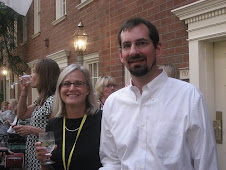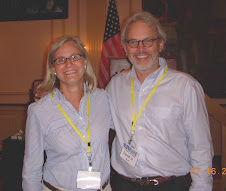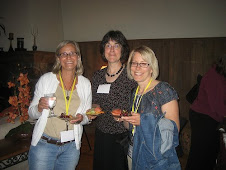Two science teachers recently shared with me some exciting uses of Thinking Maps in their classes.
Mike Roddy used a circle map to activate students' prior knowledge on cycles in his physical universe class. In the circle students defined cycles with synonyms, symbols, ideas and examples of cycles. In the frame they elaborated on why they included ideas. Then Mike used a second color marker and put astronomical in front of cycles, and students added words that defined the new concept astronomical cycles. The students were able to make lots of connections between astronomy and their prior knowledge of the term cycle. After they finished the circle map, Mike pointed out that circle appeared on the definition of cycle, and "isn't it cool that we did a circle map?" The joke bombed. I apologize to Mike because I had made that comment to him earlier when I realized the connection between cycle and circle.
Mark Harelstad has adopted the flow map in his biology class. Not only does he have the unit flow map posted in front of the room to keep his lessons flowing, but also he used a flow map to teach his students about the scientific method. Mark gave them the individual steps of the scientific process, and they had to construct a flow map that indicated the correct order of steps. Now, those steps are posted in the lab on posters, making a big flow map of the scientific method, and students need to follow the same steps for every biology lab.
Thanks science for sharing your stories.
Subscribe to:
Post Comments (Atom)







No comments:
Post a Comment